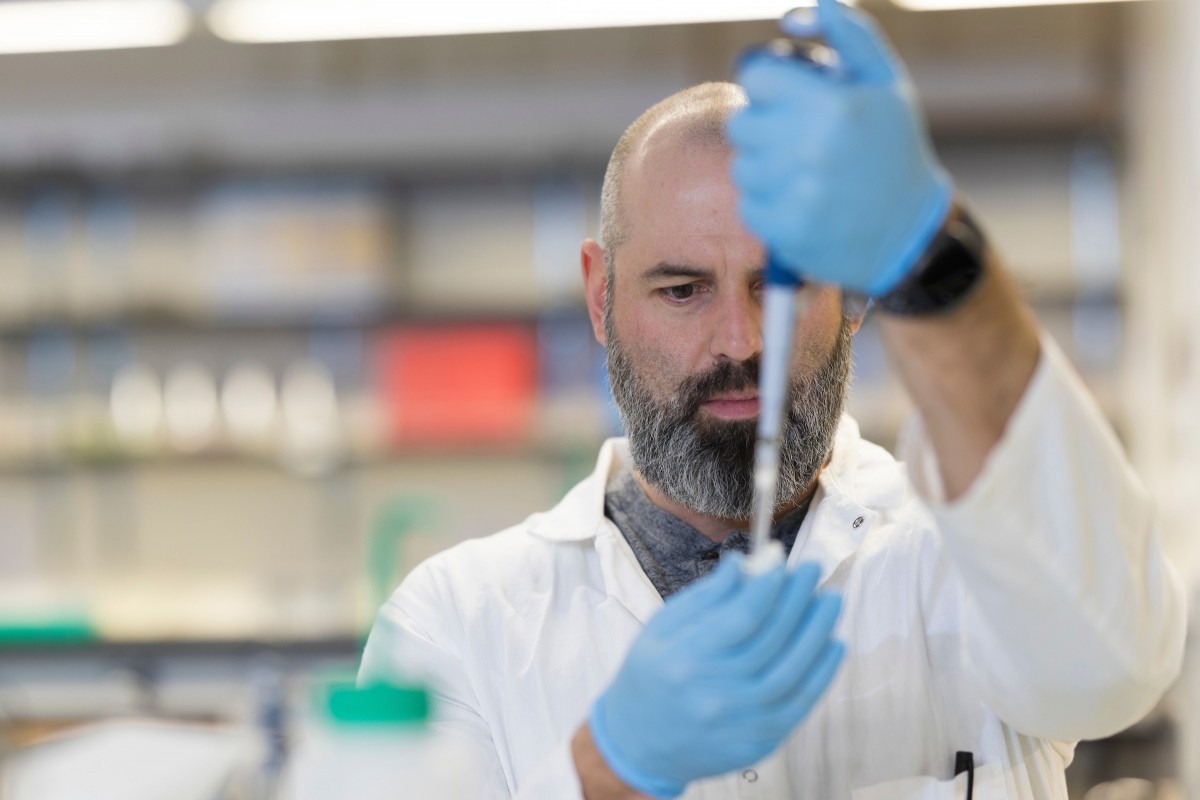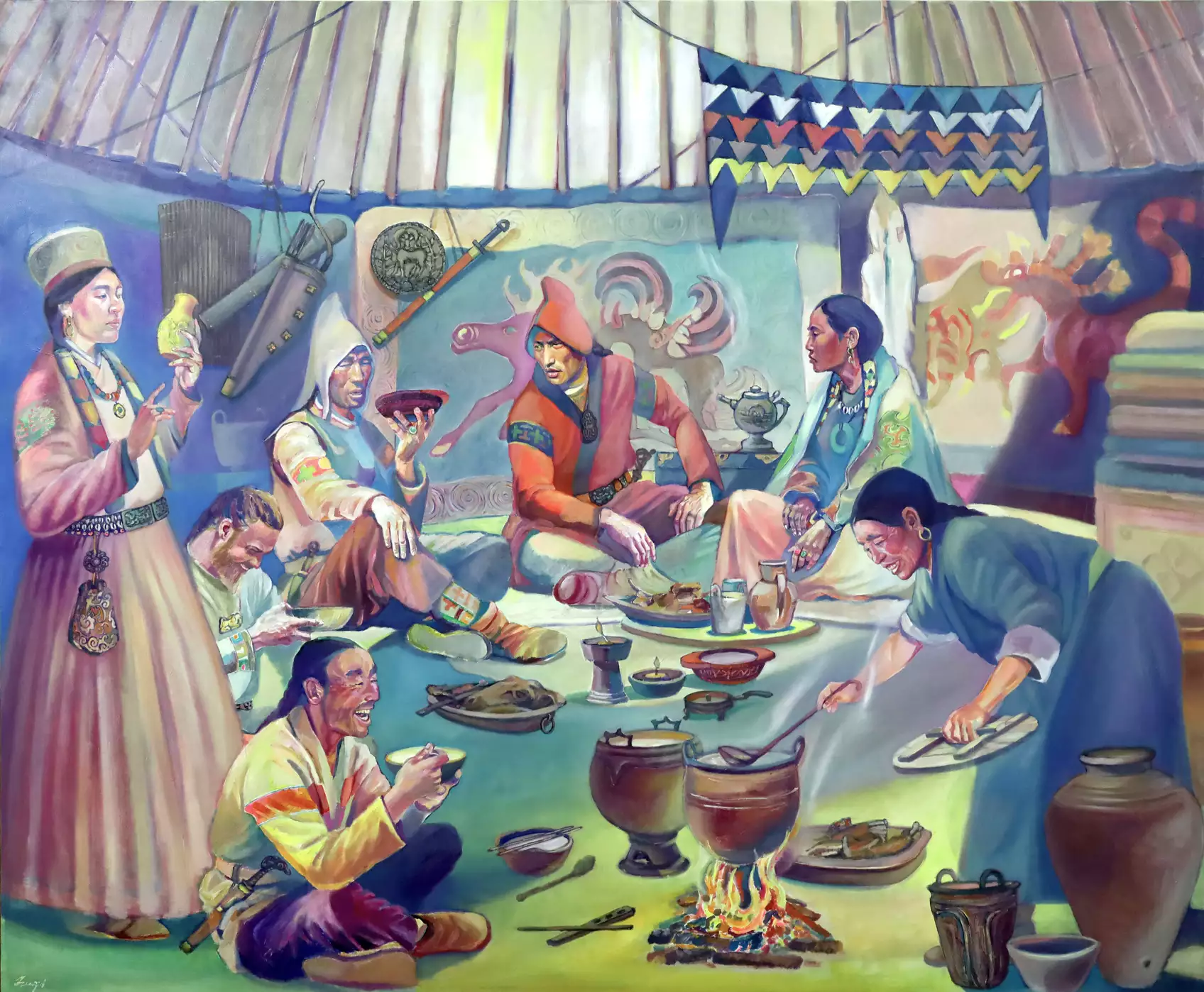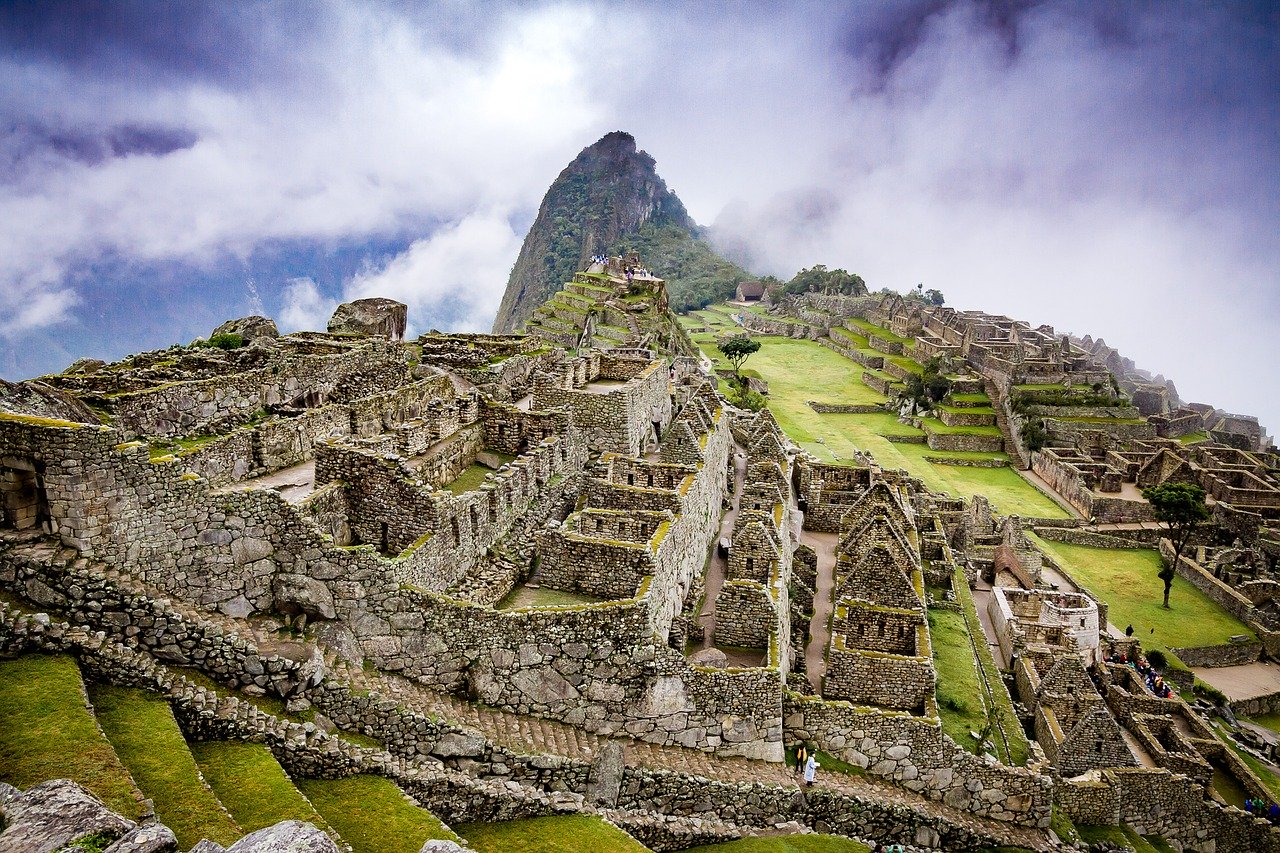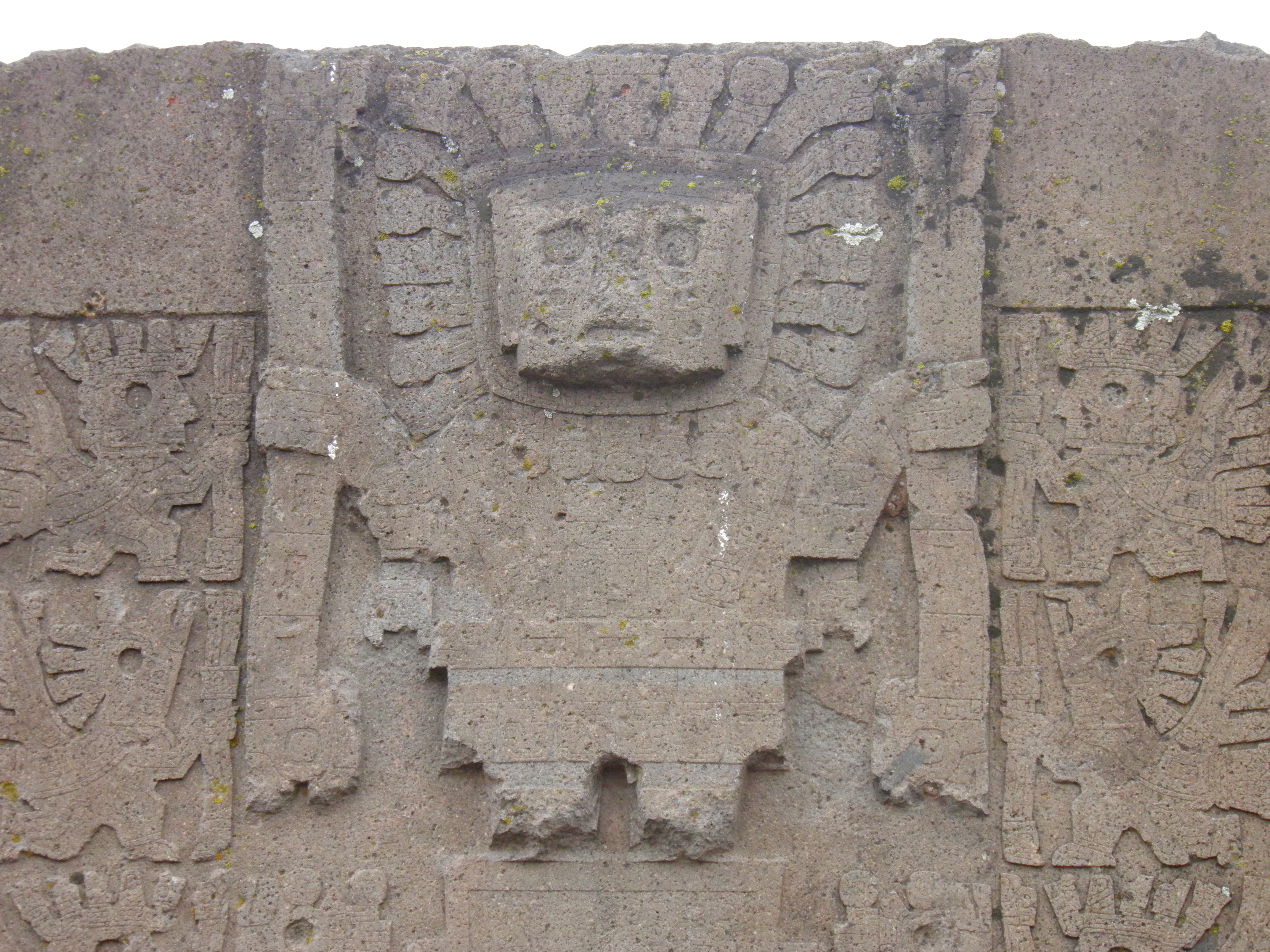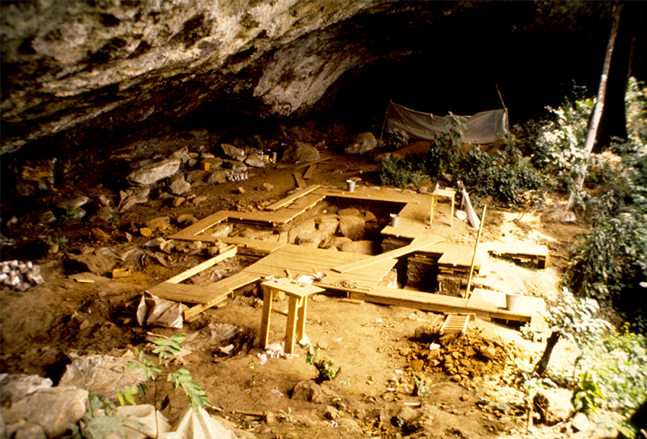An international team of researchers including the University of Adelaide, has completed the first large-scale study of DNA belonging to ancient humans of the central Andes in South America and found early genetic differences between groups of nearby regions, and surprising genetic continuity over thousands of years.
In the study, published in the journal Cell, researchers analysed the DNA of 89 ancient humans who lived in the central Andes between 500 and 9,000 years ago, and compared it with the genetic diversity of present day occupants, to shed light on the genetic changes over time.
